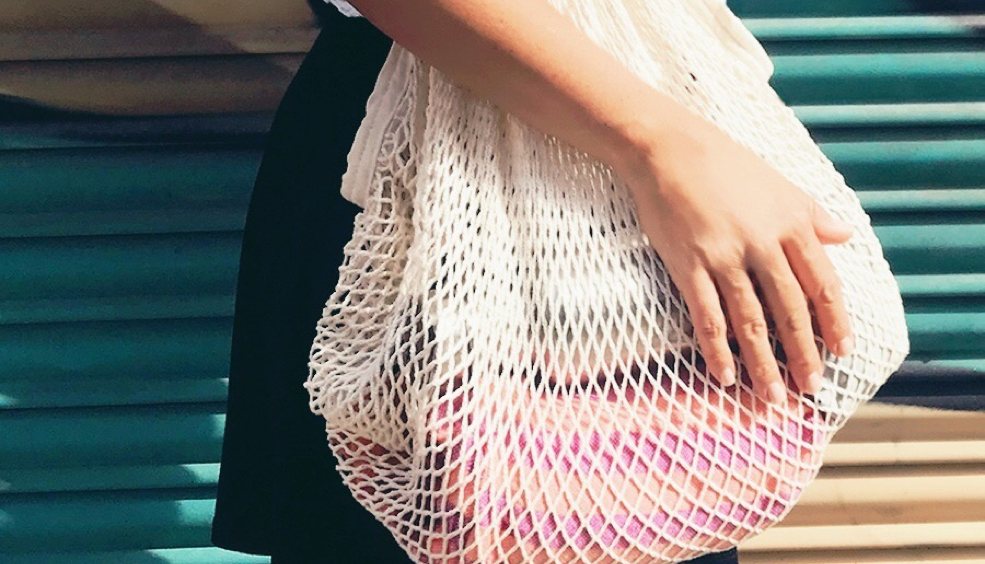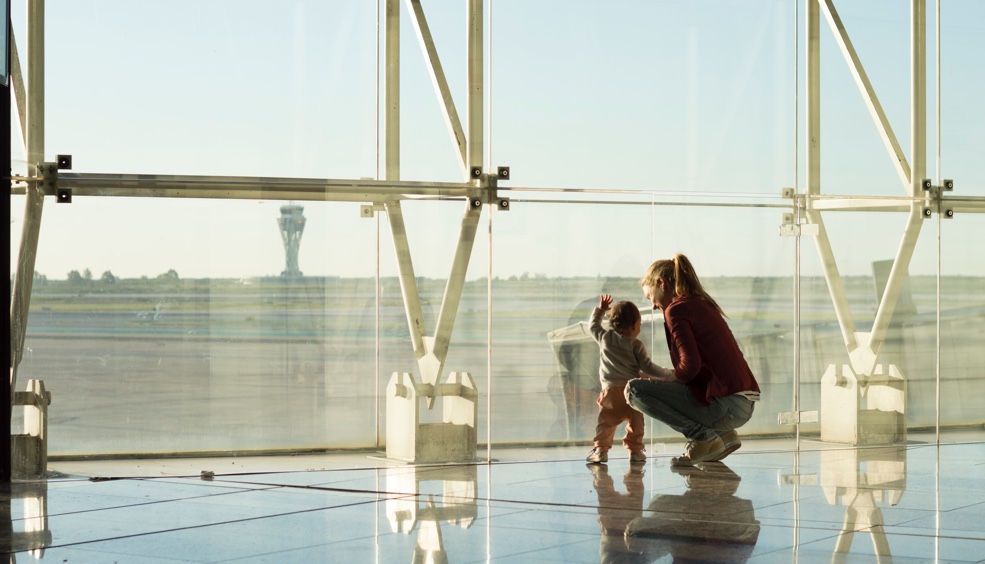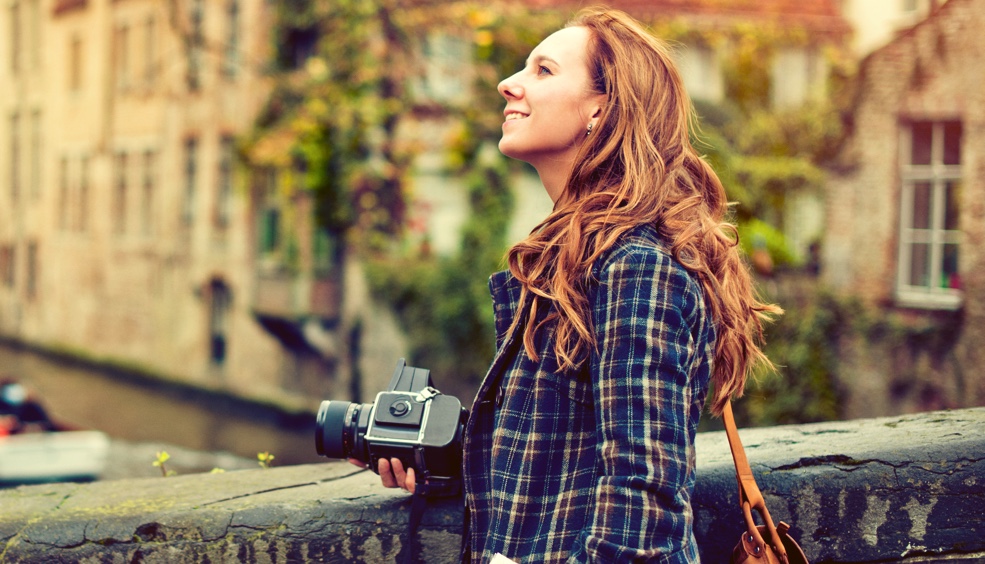Follow these tips from Oriol Campuzano, a professional photographer specialising in architecture, and take home a stunning memento of your next trip. While you're at it, you'll not only learn how to look at cities differently. You'll understand them better as well!
One thing that really defines a city — the image it wants to project to the world, its history, its people and their habits and customs — is its architecture. That was certainly the opinion of Le Corbusier, whom many actually define as an "urban sociologist" because he regarded architecture as a solution to the problems of cities. And there's no better example of this than La Maison Radieuse.
This is why Oriol Campuzano believes that we should spend more time looking at architecture when we travel, and photography is an excellent way to do this because it makes us stop and think. It makes us examine things more closely. Although he recommends taking a good camera and, ideally, a small, lightweight travel tripod, he realised a long time ago that most people now take photos with their smartphone.
Carry on reading if...
… you always take a camera on your trips (yes, a smartphone with a camera is fine!), you like exploring outstanding architecture in every corner of the world, and you want to take home some great photos as a memento.
Things to bear in mind before you start
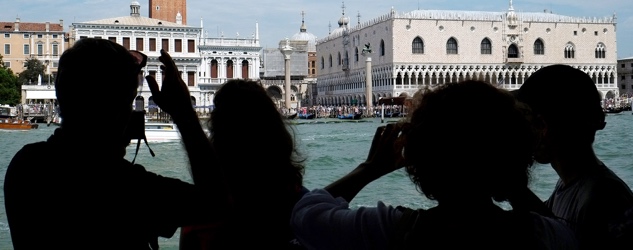
Before you click the camera, Oriol Campuzano advises that you do some research first on what you want to photograph. The preliminary groundwork is just as important as capturing the object, so find out what interesting architecture there is in the place you're visiting, what makes it unique, what its history is, what it's used for, etc. And don't only think about important buildings. Sometimes the most interesting work of architecture is a metro station.
Oriol Campuzano's checklist for taking great architecture photos:
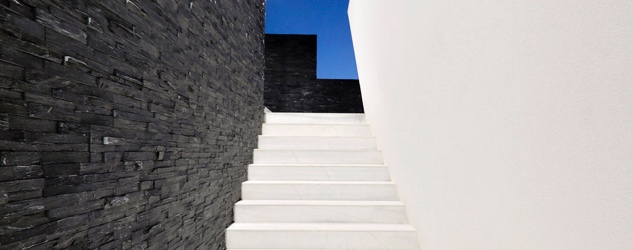
- Choose the right time of day
At the beginning and end of the day, the light tends to caress buildings more gently and create softer shadows. At midday the light is directly overhead, creating sharp contrasts between the illuminated areas and the shadows. The images will therefore be harsher. Think about what kind of things you like to include in your photos. - Look very closely at what you want to capture
Focus on how the light shapes the volumes of every construction, emphasising the materials and textures. - Observe the vicinity
Architecture is also interaction. Before you start clicking away, observe the scene. Focus on the relationship between the building and the space or people around it. - Think big and think small
A photo that shows the entire building can be just as powerful as a small detail. - Take a lot of photos
It's no use having the best camera on the market if you never get it out of your backpack.
And above all…
“Architecture photography requires calm observation. Photos taken in a hurry and with hardly any forethought are rarely good photos. Take your time to frame properly. Make sure the vertical and horizontal lines are straight, otherwise it will look like the walls are falling down!"
One last tip
“Observe the photographers you admire, listen to them, read them, try to copy what they do, pick up their tricks and tips. Learn everything from them, and take photos, photos and more photos. And then contradict them, ignore them, do the opposite of what they recommend. And take photos, photos and more photos. In short, first learn the rules so that you can break them.”
Photos by Oriol Campuzano (OCM Architectural Photo)




